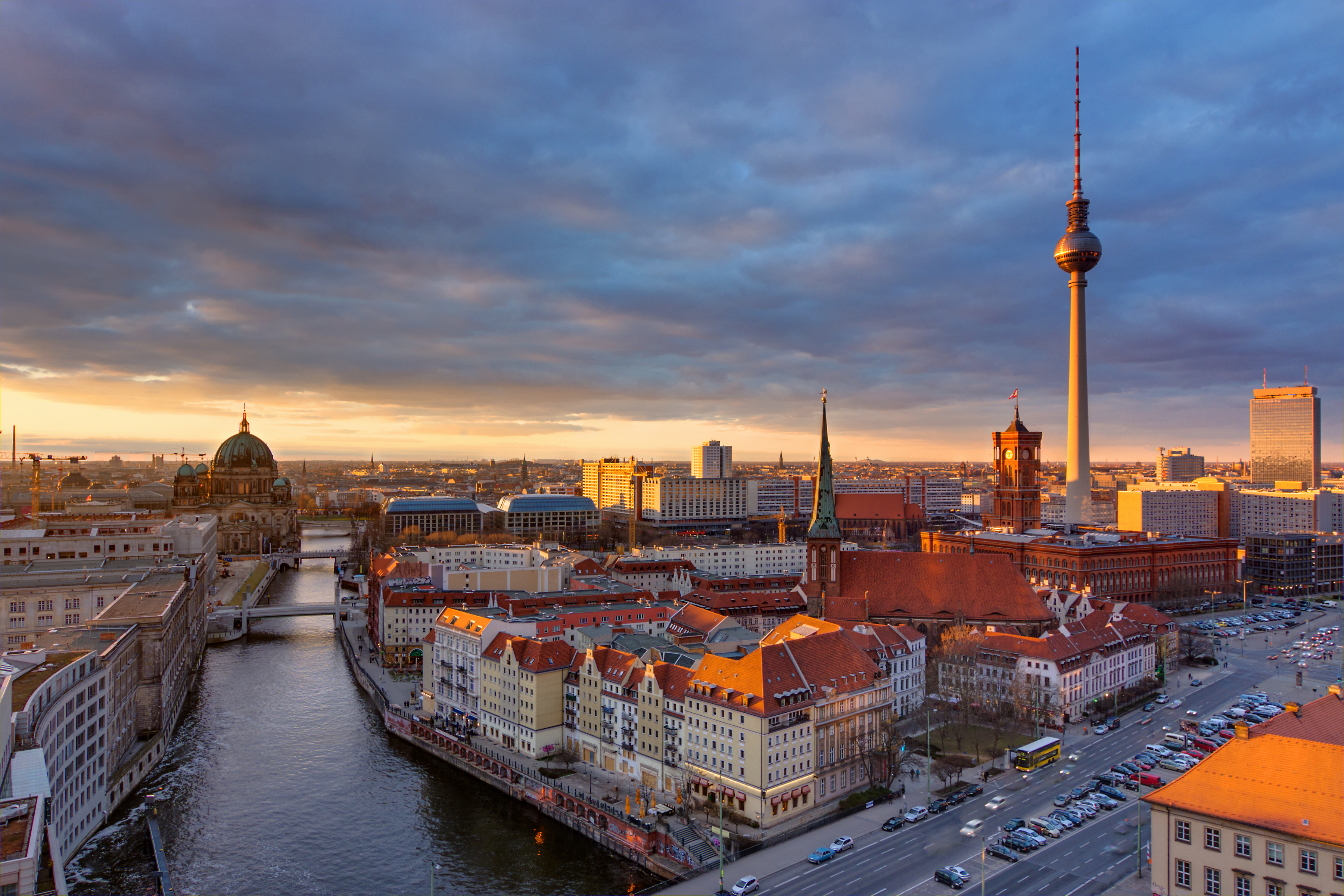- Germany Coronavirus Update Today News
- Germany Map
- Russia
- Germany Map
- Germany Coronavirus Update Today News
By size, Germany is the seventh-largest European country. It covers an area of 357,022 km2(137,847 sq mi). As observed on the physical map of Germany, the country's topography varies significantly from north to south.
Germany Coronavirus Update Today News

The North European Plain extends across the northern reaches of the country; this flat, lowland terrain is dissected by numerous bogs, rivers and streams, and is mostly used as farmland.

The North Sea coastline is low, marshy wetland, with dikes, mudflats and scattered islands. The Baltic Sea is hillier with some jagged cliffs. Rugen, Germany's largest island, is forested and rather hilly with steep cliffs and sandy beaches.
In the northeast, and then stretching to the south of Berlin, Germany's land remains sandy and punctuated by dozens of mostly small lakes formed by retreating glaciers during the last Ice Age.
The land then rises into the forested uplands of central Germany. Major landforms here include the volcanic in origin Harz Mountains and the thickly wooded Rothaargebirge Mountains.
- Due to the COVID-19 pandemic, restrictions are in place for entry into Germany from a large number of countries. Those entering Germany from risk areas must complete a digital entry registration form, be tested for coronavirus and, depending on the regulations of the Land in question, self-isolate.
- Claim this business Favorite Share More Directions Sponsored Topics. Description Legal. Germany × Show Labels.
Further south the rounded hills and mountains of the Eifel and Huynsruck uplands front the Rhine River Valley. Moving eastward through Germany, the Vogelsberg Mountains, Rhon Plateau (or Mts.) and Thuringian Forest are the dominate features. The uplands continue eastward, eventually rising into the Ore Mountains on the Czech Republic border.
In the far south the land remains mostly hilly, with heavily forested mountains. The Bohemian Forest covers a lower mountain range along the Czech Republic border, and along the country's far-southwestern border with the Rhine River and France stands the thick (story-book famous) Black Forest.
The Bavarian Alps, the highest mountains in Germany stretch across its southern border with Austria. Snow-covered Zugspitze, Germany's highest point is found here. It is 2,962 m (9,718 ft) tall and has been marked on the map by a yellow upright triangle.
Germany Map
Germany (German: Deutschland, German pronunciation: ˈdɔʏtʃlant), officially the Federal Republic of Germany (German: Bundesrepublik Deutschland, listen), is a country at the intersection of Central and Western Europe.It is situated between the Baltic and North seas to the north, and the Alps to the south. It borders Denmark to the north, Poland and the Czech Republic to the east, Austria.

Stretched along the northern coastline, the Frisian Islands, East and North are separated from the mainland by the Waddenmeer. These barrier islands provide a small level of protection from the North Sea.
Russia

Germany Map
As observed on the map above, the country is drained by dozens of rivers. The longest river in Germany is the Rhine. Rising in the Alps of Switzerland, it's overall length runs (820 miles) (1,319 km), and along it path numerous tributaries and branches stretch in all directionsAnother river of note is the Danube, which rises in the Black Forest to then stretch across central Europe all the way to the Black Sea.Additional rivers of size include the Elbe, Ems, Havel, Isr, Lahn, Lech, Main, Moselle, Oder, Spree and Weser.
The largest lakes include Chiemsee and Muritz, and Lake Constance along the Swiss border in the south.
Germany Coronavirus Update Today News
The lowest point (natural) in Germany is : Neuendorf-Sachsenbande in Wilstermarsch at 3.54 m (11.6 ft) below sea-level.
Across Germany a large series of man-made canals join navigable rivers, creating thousands of miles of interconnecting inland waterways. They're used for commercial and local traffic, and by large fleets of cruising riverboats and charter barges.
